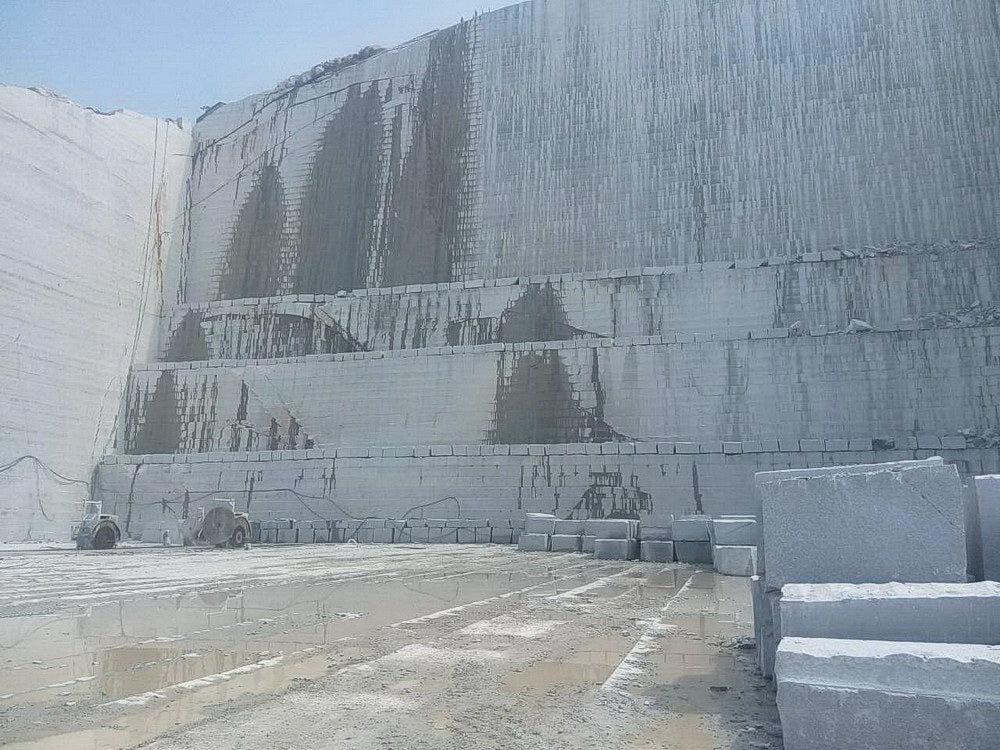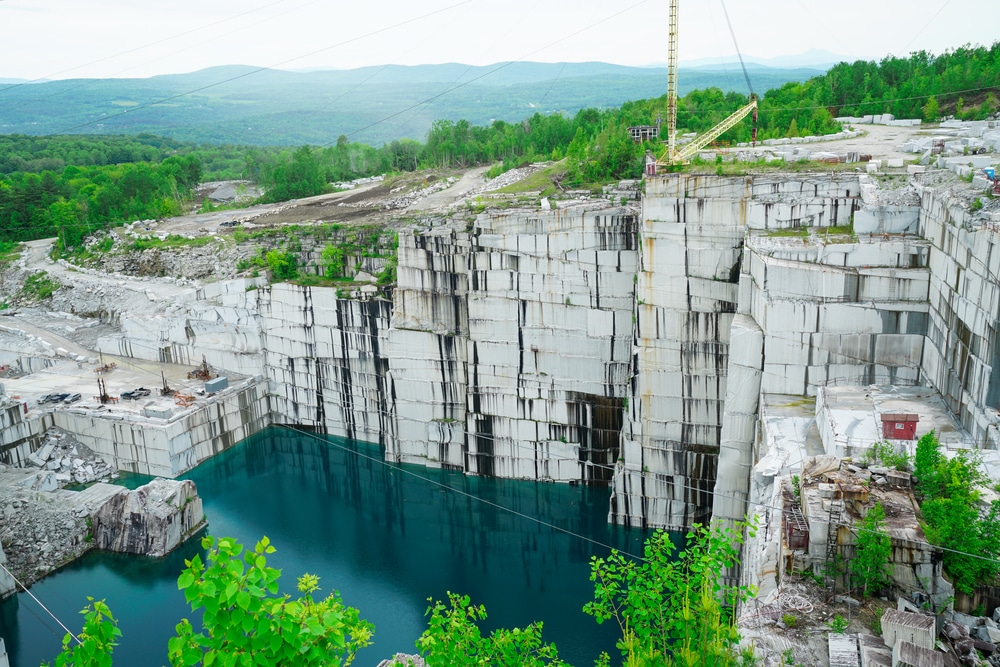A Journey Through Granite Quarries in South Africa: Unveiling Nature's Creativity
A Journey Through Granite Quarries in South Africa: Unveiling Nature's Creativity
Blog Article
Unveiling the Mysteries of Granite Quarrying: Where Toughness and Sophistication Meet
The globe of granite quarrying is a realm where the raw toughness of nature converges with human creativity to develop structures that stand the examination of time with an air of beauty. From the midsts of quarries to the careful sprucing up in workshops, the procedure of transforming granite right into architectural marvels is an intricate dancing of custom and technology. As we peer into the depths of this ancient craft, we start to uncover the surprise complexities that shape the very essence of our developed setting.
The Beginnings of Granite Quarrying
In the annals of architectural background, the origins of granite quarrying are shrouded in a tapestry of old craftsmanship and geological marvels. Going back to ancient Egypt and Mesopotamia, the removal of granite from quarries marked the start of a journey that would eventually cause the production of a few of the globe's most famous structures.
Granite quarrying's origins can be traced to the skilled craftsmens who acknowledged the rock's sturdiness and aesthetic charm. With a mix of primitive devices and large determination, these very early quarry workers discovered granite blocks that would certainly end up being the building blocks of people.
As worlds advanced, so did the techniques of quarrying granite. The Romans, renowned for their design expertise, developed innovative methods for drawing out granite to create monuments, temples, and roadways that stood the examination of time.
The legacy of these ancient quarrying techniques continues to shape contemporary style, with granite remaining an icon of strength and sophistication in building and construction projects around the globe. (granite quarries in south africa)
Devices of the Quarrying Profession
The advancement of granite quarrying techniques from ancient people to modern-day times highlights the crucial function played by the tools of the quarrying profession in forming the sector's techniques. In ancient times, quarrying tools were basic, commonly containing knives, hammers, and wedges made from products like bronze or iron. These devices called for significant workforce and time to extract granite blocks from quarries.

Additionally, the introduction of pneumatically-driven devices and high-powered machinery has substantially lowered the physical labor required in quarrying operations, improving employee safety and security and productivity. As the quarrying industry remains to innovate, the tools of the trade stay at the center of driving progression and forming the future of granite removal.
Extracting Blocks of Granite
Utilizing accuracy equipment and advanced techniques, the removal of granite blocks from quarries has become an innovative procedure in the contemporary quarrying industry. Controlled blowing up methods are then used to break apart the granite into convenient sections.

Sprucing Up and Finishing Techniques
To achieve a remarkable surface on granite blocks, competent craftsmens employ a collection of careful polishing and ending up techniques. After the first removal and forming processes, the granite obstructs undertake a comprehensive sprucing up phase to boost their natural elegance and toughness.
Along with polishing, ending up techniques are applied to additional fine-tune the granite's appearance. These techniques might include flaming, developing, or cleaning, each offering special appearances and surfaces to fit various visual choices. Flaming, for example, entails this link revealing the granite surface to heats to create a harsh, distinctive coating, perfect for outside applications where slip-resistance is vital. Sharpening, on the other hand, provides a matte surface that is smooth to the touch, ideal for indoor countertops and floor covering. By thoroughly picking and applying these brightening and finishing strategies, craftsmens can change raw granite blocks into elegant items that showcase both stamina and elegance.

Environmental Effect and Sustainability
With the growing focus on ecological awareness in the industry, granite quarrying methods are progressively inspected for their effect on natural deposits and lasting sustainability. Quarrying for granite can have substantial ecological ramifications. The removal process often includes the use of hefty equipment, nitroglycerins, and big amounts of water, this hyperlink leading to habitat damage, soil disintegration, and water air pollution. Additionally, the transportation of granite from quarries to refining centers produces carbon exhausts, further contributing to environmental deterioration. granite quarries in south africa.
To mitigate these impacts and ensure sustainability in granite quarrying, industry stakeholders are taking on numerous actions. Applying sophisticated modern technologies to decrease power intake and water use, reclaiming quarried land for ecological reconstruction, and advertising accountable sourcing methods are some methods being employed. Qualifications such as the Forest Stewardship Council (FSC) and the Management in Power and Environmental Style (LEED) help consumers identify ecologically pleasant granite items.
Conclusion
Finally, granite quarrying is a process that needs specialized devices and strategies to extract blocks of granite and polish them to a high level of finish. While the ecological influence of This Site quarrying can be significant, initiatives are being made to boost sustainability methods in the industry. In general, granite quarrying is a fragile balance in between taking advantage of the toughness and elegance of this all-natural rock while decreasing its effect on the environment.
Report this page